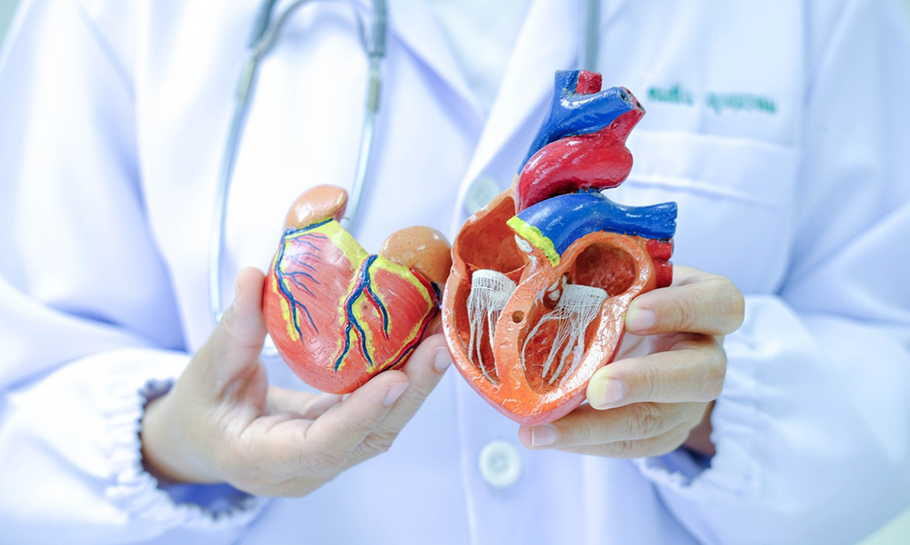
Regina Einig of Makanda was one of the first patients to undergo the TAVR surgery at SIH Memorial Hospital of Carbondale.

The heart has four valves—aortic, mitral, tricuspid and pulmonic—which control blood flow. Structural heart disease occurs when one of the four valves doesn’t function correctly. Each valve has flapped that open and close to move blood in one direction. When the flaps don’t work properly, they can restrict blood from moving out of the heart; they can even allow blood to leak back into the heart. If left untreated, valve disease can lead to complications such as heart failure, stroke, blood clots, arrhythmias and even death.
Two types of valve problems:
It can be tricky. Some people don’t experience symptoms while others develop symptoms quickly, which is why it’s important to know the warning signs. These include: